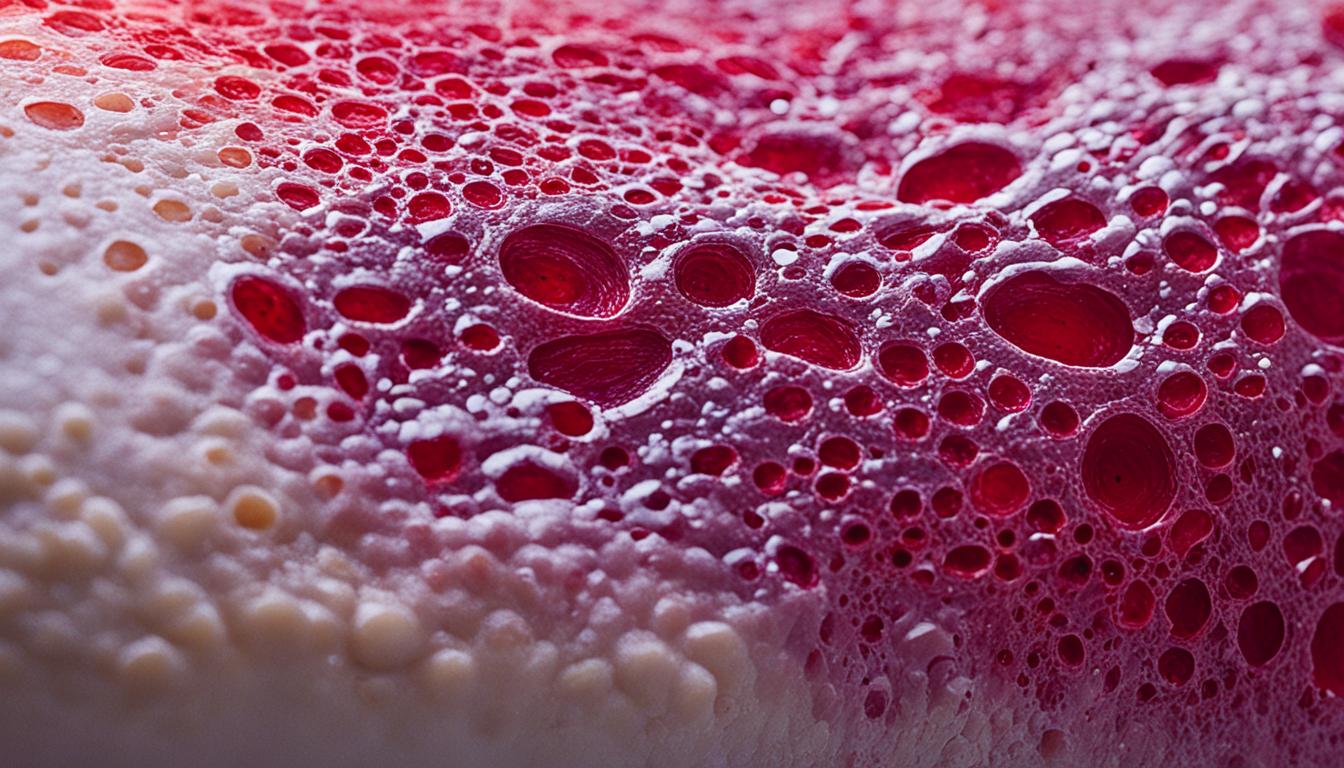A pressure ulcer, or bedsore, is a skin injury that comes from constant pressure. This is usually seen in people who can’t move a lot. Things like sitting or lying in the same position for a long time can cause a pressure ulcer. This pressure can make it hard for blood to flow, leading to tissue damage. Other things like friction, moisture, and not eating well can also play a part in getting them.
When a pressure ulcer first starts, the skin might get red, swell, and feel warm. If it gets worse, it can go through different stages, causing more pain and risk of infection. Doctors look at the wound and decide what stage it’s in. Then, they choose how to treat it based on this assessment. Treatment usually involves making sure there’s no more pressure on the area, and keeping it clean and well-nourished.
Recently, there’s been a lot of interest in using stem cells to help heal pressure ulcers. Mesenchymal stem cells (MSCs) seem especially promising for this. They can help the body grow new tissues and heal wounds. Studies have shown that using MSCs can make pressure ulcers heal faster. They do this by helping to create new blood vessels, lowering the tissue’s inflammation, and repairing the damaged area. This new therapy could be a great option for those not seeing results with current treatments.
Key Takeaways:
- Pressure ulcers come from staying in one position for a long time.
- They can happen because of constant pressure, friction, moisture, shear forces, and poor diet.
- Early symptoms include redness, swelling, and warmth.
- Diagnosis involves looking at the wound and determining its stage.
- To heal, pressure ulcers need pressure relief, good food, and a clean, moist environment.
- Stem cell therapy, mainly mesenchymal stem cells (MSCs), is showing promise for quicker healing.
Risk Factors and Prevention of Pressure Ulcers
Pressure ulcers, known as bedsores or decubitus ulcers, can be avoided by recognizing the risk factors. By acting early, those at risk can lower the chances of getting these wounds.
Risk Factors:
Several key factors make pressure ulcers more likely to happen. These factors include:
- Immobility
- Reduced sensation
- Poor nutrition
- Dehydration
- Incontinence
- Medical conditions such as diabetes and vascular disease
It’s crucial to spot who might get a pressure ulcer early. Then, offer the right care and support to avoid it.
Prevention Strategies:
Preventive steps are very effective at reducing pressure ulcer risks. Here are some key strategies to use:
- Regular Repositioning: Change positions often to take pressure off sensitive areas. Special pillows or cushions can help.
- Support Surfaces: Special mattresses or cushions can spread pressure and lessen the chance of skin damage.
- Nutrition and Hydration: A balanced diet and enough protein and fluids are essential for health. They help wounds heal and keep skin strong.
- Skin Care: Clean, moist skin is less likely to break down. Use gentle cleansers and moisturizers.
- Patient and Caregiver Education: Teach both patients and those who care for them how to check their skin, adjust positions, and care for their skin well.
Watching at-risk people closely is vital. It helps catch early signs of pressure ulcers. This allows for quick actions to stop them from getting worse.
| Risk Factors | Prevention Strategies |
|---|---|
| Immobility | Regular repositioning, use support surfaces |
| Reduced sensation | Regular skin assessments, patient and caregiver education |
| Poor nutrition | Maintain a well-balanced diet, ensure adequate protein and fluid intake |
| Dehydration | Hydrate regularly, monitor fluid intake |
| Incontinence | Properly manage and address incontinence, maintain skin hygiene |
| Medical conditions such as diabetes and vascular disease | Manage underlying conditions, ensure optimal medical care, regular assessments |
Advances in Stem Cell Therapy for Pressure Ulcers in Thailand
Thailand is a leader in using stem cell therapy for pressure ulcers. This therapy uses MSCs from sources such as bone marrow. It aims to help repair and restore damaged skin.
Studies show that stem cell therapy can really help patients. It can make wounds heal faster. Also, it can lessen how big and how severe the ulcers are. Thailand has set up special places that give this therapy. They make sure everything is safe and works well.
Even though this kind of therapy is new, it could do a lot of good for people with pressure ulcers. Thailand is really working hard to move forward with this treatment. Its special places offer a good chance to get better with new methods.

